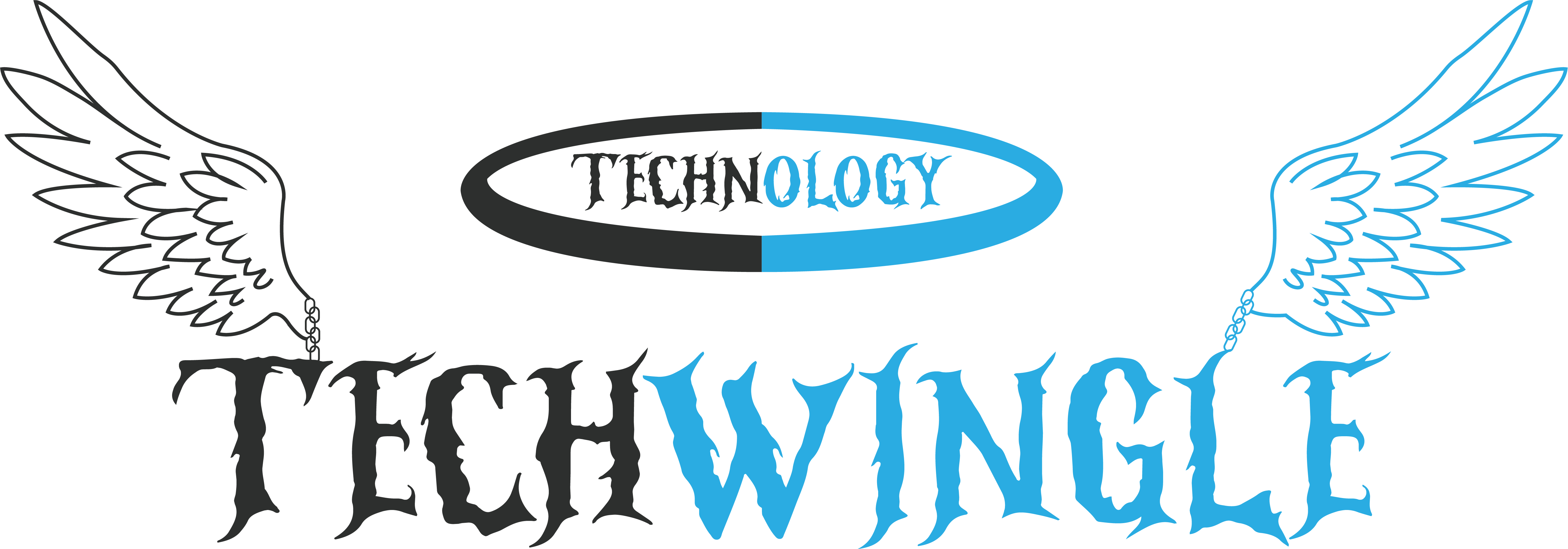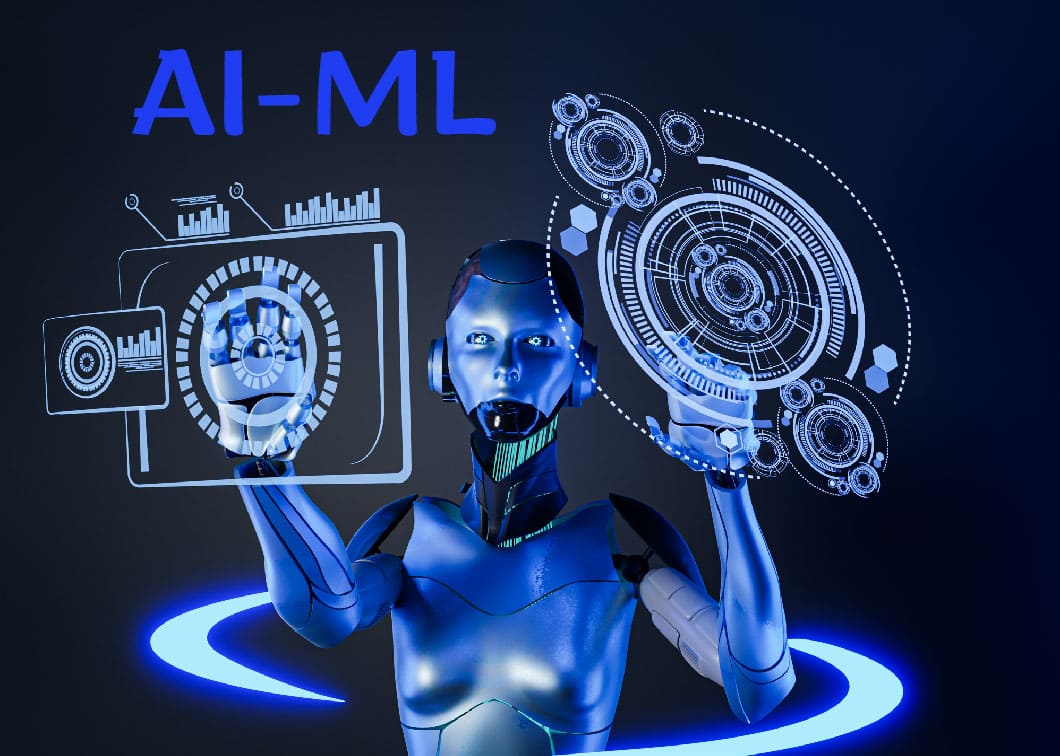The Role of AI and Machine Learning in the World of AEC Software. Discover the Unique AI/ML Capabilities Transforming AEC Software Development Today.
We’ll also discuss real-world benefits and use cases, challenges surrounding adoption, and predictions for how these rapidly improving technologies will become integral components of AEC workflows moving forward. The effects already observed show the immense potential of AI and ML in the AEC industry in the coming years.
We’re going to touch on real-life benefits and areas of application, impediments to the mass implementation, and projections of how these technologies that feature rapid development are going to become inseparable parts of workflows in the AEC sector in the future.
The effects observed already show that AI and ML can meet the challenge of the future AEC industry in a matter of years. Nevertheless, humans always have to be necessary for delicate and safety-critical process applications that/have a major impact on worldwide human lives.
Architects, engineers, and building mastery-enabled the application of their skills will be more effective, focusing on a complex of high-level implementation. To put things in a nutshell, the creative and production areas in the AEC field can get a variety of AI-based solutions that set off the process to some higher and more reached level.
First of all, the achieving of the goal should be attended to, likewise, ethical concerns and human needs must be prioritized. AI and ML integration in the AEC industry discovers new growth strategies and refines workflow methods. AI-powered software is automated to do repetitive tasks after analyzing the existing data and can also make decisions without the need for any human involvement which consequently makes people to become smart.
Key AI and Machine Learning Capabilities Transforming AEC Software in the Digital World
The integration of AI and ML in the AEC sector is lifting new vectors and refining workflow processes. Through data processing and continuing to learn from existing experience, AI-powered software becomes able to do repetitive tasks with automation, make their own decisions, and help people become more intelligent.
It is more complex for AI and Machine Learning to understand in one. make sure you have already some knowledge to understand this higher knowledge or you have to read/learn more about it so you will realize how AI and Machine Learning Work & develop in the Digital world of Technological Innovations
Computer Vision – AI and Machine Learning
Computer vision is a two-sided process based on deep neural networks that analyze visual data, including images, videos, and 3D models. undefined
Object detection – identifying walls/doors/hazards from 3D BIM models.
Video Analytics – See work progress, oversee safety, and boost work efficiency.
Computer vision kills time and prevents human error as it is the rendering of the visual data into digital form. As a case in point, Hypar’s AI can reduce manual measurements of floor areas from scanned floor plans by up to 90% within a shorter period.
Natural Language Processing
Natural Language Processing (NLP) converts software into a human-like agent that comprehends, deciphers, and articulates in the human language.NLP Options:
Data Extraction – Instantaneously scour and annotate sketches, blueprints, contracts, etc.
Summarizing is to generate reports and summaries from pertinent project documents and data.
Bots – artificially intelligent virtual companions for collaboration and information seeking etc.
NLP automates processes that involve tons of documents, reduces room for wrong interpretation, and improves team coordination. OxTS’s NLP API will interchange with BIM tools to get the data of the object through the conversational commands used.
Generative Design
Concept generation– creation of several options for the alternatives evaluation.
Performance optimization – Design targeted at performance, sustainability, and customer loyalty factors.
Detailed Automation – Automate drafting and design tasks that are done repetitively.
To illustrate, Autodesk Dreamcatcher through which architects can automatically compare thousands of design options to obtain the best solution for the given project.
Predictive Analytics
A predictive analysis employs the use of data mining, modeling, and machine learning to come up with forecasts. undefined
Overexpenditures, and delays with budgeting – these are typical loci of problems.
Schedule Delays – Mitigating the risks of unexpected delays in project schedules.
Resource Optimization Through forecasting and requirement balancing the resources.
Safety Issues – recognition of possible lingering design defects or building methods.
Chronic AI gathers thousands of data from previous jobs and arranges them to conclude. It provides a way of foreseeing the risk and taking the necessary measures in advance.
Virtual and Digital Twins
Simulation using the virtual version of buildings, construction layouts, and processes reflects the real ones identically. undefined
Energy modeling analysis including simulation analysis of the energy use, acoustics, lighting, etc.
The usage of AI in oil extraction includes but is not limited to workflow, logistics, and safety planning.
Lifecycle Management – Monitoring Operations and Their Efficiency.
The life-like simulation and digital twin features enable us to do a quick assessment of design tradeoffs and construction approaches avoiding the signatures of the ground.
These AI/ML resources are available to AEC software, through which the redundant tasks can be automated, insights gained from project data, and the provisions for continuous improvement over time are made.
It gives great importance to those firms that plan to extend their productivity, take away unexpected costs and hold-ups, use eco-friendly methods, and remain ahead of their competitors.
Shorter & More Streamlined Higher Workflow
The Generative design does in seconds what takes a human engineer days to work out. It produces alternative designs for analysis.
Automated drafting and schematic designing for components like pipes, drawings, tables, etc.
Digital scanning breaks down plans from ground drawings.
It gives designers and innovators a greater space to further experiment and imagine.
Early Insights Into Constructability
This model resolves clashes in design detecting issues before actual construction which saves time and money that would otherwise be wasted on on-site rectification.
Design options and materials should be analyzed as risk factors also.
Scheduled, predictive analytics safety, cost, and schedule warnings.
Some timing data are used for the appraisal of these issues as constructability, logistics, and layout.
Peace out the costs and prevent overruns. AI reduces design time, early identification of potential risks, and ensures effective scheduling improves the project delivery, and avoids delay and cost overruns. Those constitute the two main criteria for design optimization in consideration of efficiency and value engineering.
Automatic take-off and approximation. Instantaneous project tracking and transmissible severance. Minimizing waste, and errors would help to make projects more effective in maintaining budget as compared to other projects.
Environmentally-Friendly and Energy-Conscious Design Present Us with a Big Step Forward in Creating a Better Future.
Through observing project abilities, AI and Machine Learning achieve sustainable remits
Electric systems performance is optimized using the digital twin simulation AEC teams can generate rapid 3-D modeling and specification of the sustainability impact of alternative options.
AECFs implement AI that delves powerfully into understanding project lifecycle efficiencies and helps to predict wastage of resources and reuse. One of the fastest growing AI capabilities in the AEC sector can be demonstrated in use case examples at ATB, Barclays, Visa, and other leading global firms.
Implementation problems faced in using AI and Machine Learning
No Unified and Objective Training Data
The AI models are based on the datasets of AEC datasets are scarce, complex, and not properly structured. Companies are tasked with updating legacy project records into a digital format as well as creating new types of data.
A Resistance of Changing Interactive Work Systems
The adoption of AI and Machine Learning entails changing some workflows that enterprises are hesitant to explore. Changing culture and having people onboard who do not trust in the black-box algorithms.
There are Accountability issues and Transparency concerns
Cybersecurity and Technological Risks
Workforce Concerns around Automation
These issues can be addressed by planned transformations in management and policy development aimed to ensure that AI systems remain trusted. Firms should let employees engage in AI integration as well to gain approval. Use our AI to write for you about any topic!
The Future of AI and Machine Learning in the Build Software of the AEC Sector
- More open frameworks to encourage data cleaning datasets.
- The trend towards mixed AI/human working processes is picking up speed.
- A shift from implementation-based to process-based roles.
- New wrapping of transparency, accountability, and ethics.
The power of the processing allows training on large-scale construction information.
The development of a common “digital twin” standard.
Conclusion
In the end, the AEC sector can generate several AI-based tools that take human creative and productive operations to a new level.
From design creativity to project problem-tackling, AI-powered tools have already been playing a role in improving workflows, lowering costs, and achieving more consistent and sustainable results.
The level of computing power rises and involves more data will lead AI to take over industries at an ever faster pace. It demonstrates the need for a strategic approach based on the fundamentals of morality, liability, and cooperation. Read More: Top Software Companies – In-Depth Simplified Explanation






Hey would you mind letting me know which web host you’re utilizing? I’ve loaded your blog in 3 completely different internet browsers and I must say this blog loads a lot faster then most. Can you suggest a good internet hosting provider at a honest price? Thank you, I appreciate it!
Hi my friend! I wish to say that this article is amazing, nice written and include almost all important infos. I?¦d like to see more posts like this .
I conceive this site holds very excellent pent subject material articles.
Hello.This post was really motivating, especially since I was searching for thoughts on this topic last Saturday.
Thank you for your sharing. I am worried that I lack creative ideas. It is your article that makes me full of hope. Thank you. But, I have a question, can you help me?
Can you be more specific about the content of your article? After reading it, I still have some doubts. Hope you can help me.
I am commenting to make you be aware of what a superb experience my cousin’s daughter experienced reading your web page. She picked up many issues, with the inclusion of what it is like to have an ideal giving mood to get many others without problems thoroughly grasp various complicated matters. You really surpassed people’s expectations. I appreciate you for coming up with these great, dependable, informative and even easy tips about your topic to Ethel.
I used to be suggested this blog through my cousin. I’m now not positive whether or not this submit is written via him as no one else know such distinctive approximately my trouble. You are wonderful! Thank you!
Can you be more specific about the content of your article? After reading it, I still have some doubts. Hope you can help me.
Hey! Would you mind if I share your blog with my zynga group? There’s a lot of people that I think would really enjoy your content. Please let me know. Cheers
Somebody necessarily assist to make severely posts I’d state. That is the first time I frequented your website page and up to now? I amazed with the research you made to create this particular submit incredible. Magnificent task!
Hey just wanted to give you a quick heads up. The text in your article seem to be running off the screen in Internet explorer. I’m not sure if this is a format issue or something to do with browser compatibility but I thought I’d post to let you know. The style and design look great though! Hope you get the problem solved soon. Many thanks
Excellent read, I just passed this onto a friend who was doing a little research on that. And he just bought me lunch because I found it for him smile So let me rephrase that: Thank you for lunch! “But O the truth, the truth. The many eyes That look on it The diverse things they see.” by George Meredith.
Thanks for sharing. I read many of your blog posts, cool, your blog is very good.
Usually I don’t learn post on blogs, but I would like to say that this write-up very compelled me to check out and do so! Your writing taste has been surprised me. Thanks, very nice article.
Thanks for sharing. I read many of your blog posts, cool, your blog is very good.
I don’t think the title of your article matches the content lol. Just kidding, mainly because I had some doubts after reading the article.
As soon as I found this internet site I went on reddit to share some of the love with them.
I like what you guys are up too. Such intelligent work and reporting! Carry on the excellent works guys I have incorporated you guys to my blogroll. I think it’ll improve the value of my site :).
Wonderful beat ! I would like to apprentice while you amend your site, how can i subscribe for a blog web site? The account aided me a acceptable deal. I had been tiny bit acquainted of this your broadcast offered bright clear concept
In this great pattern of things you’ll receive a B- for hard work. Exactly where you actually confused me personally was first in your particulars. You know, people say, details make or break the argument.. And it couldn’t be more correct here. Having said that, permit me tell you what did give good results. Your text is pretty convincing which is possibly why I am taking the effort in order to comment. I do not make it a regular habit of doing that. Secondly, although I can notice a leaps in reason you make, I am not necessarily confident of exactly how you seem to connect the points which make the final result. For the moment I will subscribe to your point but wish in the future you connect the facts better.
I?¦ve recently started a web site, the info you provide on this web site has helped me tremendously. Thanks for all of your time & work.
You made some clear points there. I did a search on the subject matter and found most individuals will consent with your blog.
Good info. Lucky me I reach on your website by accident, I bookmarked it.
Some truly fantastic blog posts on this site, regards for contribution. “An alcoholic is someone you don’t like who drinks as much as you do.” by Dylan Thomas.
Great ?V I should definitely pronounce, impressed with your web site. I had no trouble navigating through all the tabs and related info ended up being truly easy to do to access. I recently found what I hoped for before you know it in the least. Reasonably unusual. Is likely to appreciate it for those who add forums or something, web site theme . a tones way for your customer to communicate. Excellent task..
You have brought up a very good points, thanks for the post.
I don’t think the title of your article matches the content lol. Just kidding, mainly because I had some doubts after reading the article.
This web site is really a walk-through for all of the info you wanted about this and didn’t know who to ask. Glimpse here, and you’ll definitely discover it.